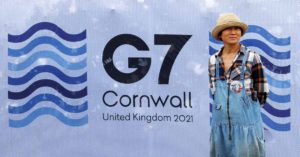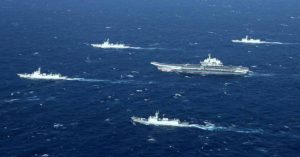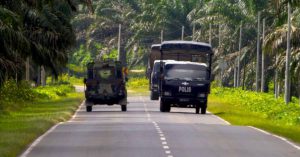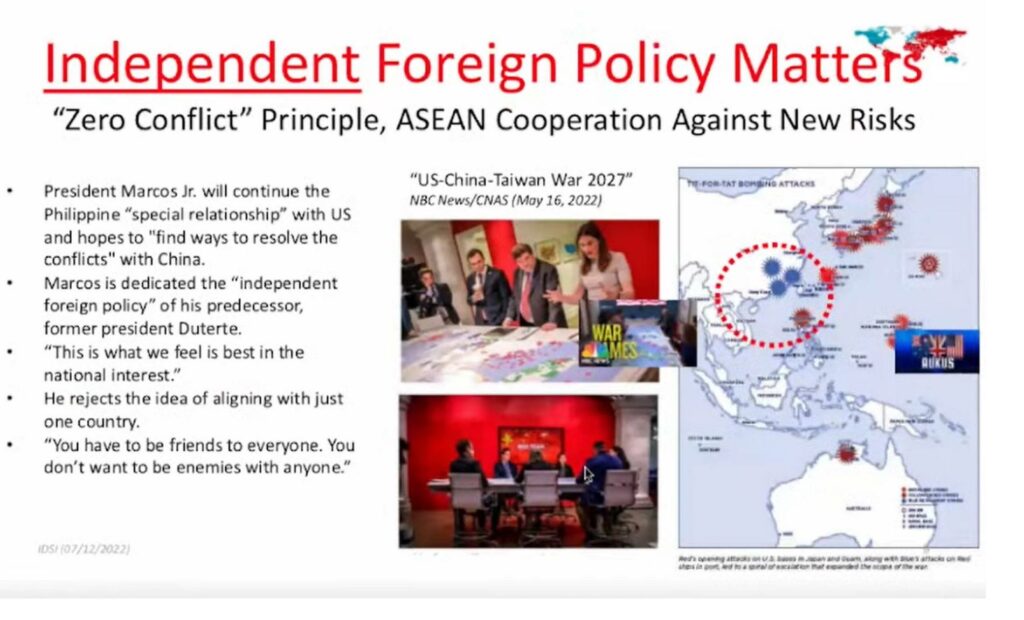
A changing and evolving world order from a unipolar world to a multipolar one is fast approaching and forthcoming.
The unipolar world that was predominantly unchallengedly led by the United States (US) for several decades is becoming a thing of the past every passing day.
The rise of new centers of powers particularly the BRIC countries, – Brazil, Russia, India, and China, and the decline of US unipolarity is ushering in a return to a multi-polar international system.
Hence, the Philippines as a middle power and its foreign policy has to adjust to the emerging multipolar world to meet head-on both the opportunities and challenges brought by the shift in the world order.
In as far as this is concerned, the independent foreign policy set off by President Rodrigo Duterte and embraced by the newly inaugurated President Ferdinand “Bongbong” Marcos is thus far a welcome pragmatic development that matters a lot nowadays more than ever before.
In similar terms to the previous administration, the independent foreign policy of the new administration is characterized by pragmatism and anchored on the backdrop that the country is a friend to all and an enemy to none. This means the Philippines engages with all major powers, more particularly the US, China, and Russia while maintaining close, cooperative, and friendly relations with countries in the Asia Pacific and the rest of the world, putting utmost priority on the country’s national interests above all else.
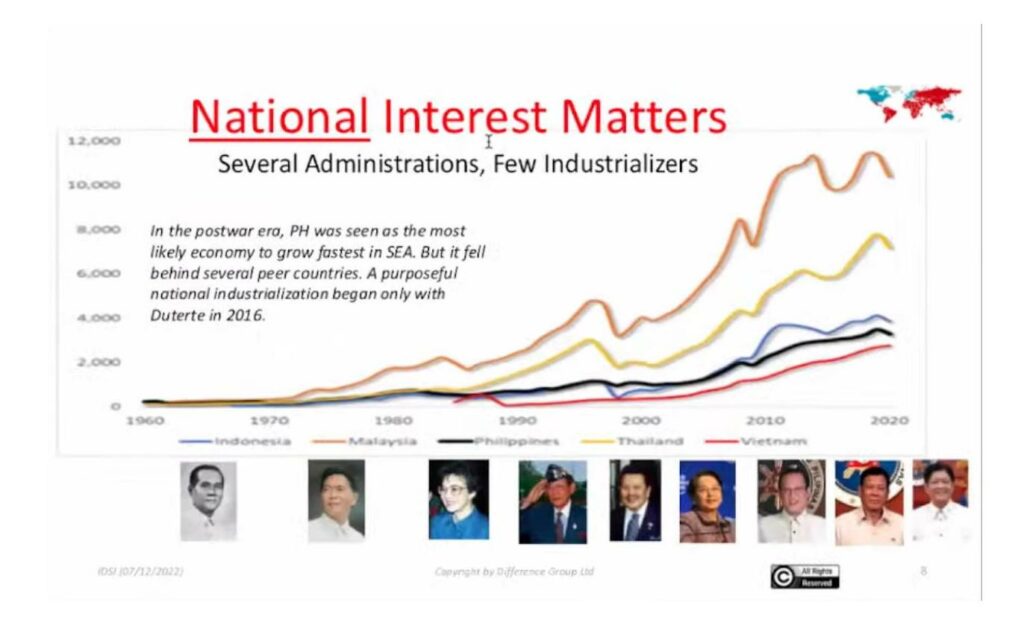
Genuine Independent Foreign Policy
Nevertheless, with a changing world order, it’s just not enough to pursue an independent foreign policy per se, which in reality is primarily more of a “balancing act” between China and the US, and by extension, a “balancing act” between Russia-China and the US-led NATO countries concerning the geopolitical realities and challenges the Philippines and world at large are facing.
As a country, the Philippines needs a genuine and authentic independent foreign policy in every sense and that would mean complete neutrality and positioning itself as non-aligned. This could be done by downgrading or abrogating the Visiting Forces Agreement (VFA), Enhanced Defense Cooperation Agreement (EDCA), and the Mutual Defense Treaty (MDT). This means “rejecting outright alignment with the US.
Such action allows Manila to strike more leverage with China because “the apprehension of military encirclement by Washington is a top concern of China in the South China Sea (SCS).
Likewise, the Philippines should draw lessons from its World War 2 experience. To note, the Philippines was invaded by Japan not because it was at war with Japan. The country was invaded by Japan precisely because it was home to the largest US military installation outside America. As a consequence, the Philippines became a battleground of the war between Japan and the US. Again, one critical factor to that was the massive presence of US forces and military assets in the country in the same manner that Ukraine is the battleground and the proxy in the ongoing Russia – US-led NATO proxy war.
In contemporary times, we have a similar situation. The country is hosting foreign military facilities (bases) and soldiers. The Americans have boots on the ground and military facilities because of EDCA.
At the moment, there are US bases across the Philippines, namely Subic Bay Naval Base, Basa Air Base, Fort Magsaysay, Antonio Bautista Air Base, Mactan-Benito Ebuen Air Base, and Lumbia Air Base, which are located for US purposes. They’re near or on the SCS, significantly enhancing the US military’s ability to challenge Beijing there.
Furthermore, based on reports, the Americans were lobbying and asking the previous administration to open the country’s military facilities to the US on the pretext that the Ukraine Crisis may spill over to Asia.
Last 10 March 2022, the Philippine Ambassador to the United States (US), Ambassador Jose Manuel Romualdez, in an online forum, told journalists that former Philippine President Rodrigo Duterte is willing to open facilities to the US if the Ukraine-Russia crisis spills over to Asia.
Nevertheless, the former president expressed a contrary statement during the inauguration of the Narvacan Farmer’s Market in Ilocos Sur on 4 March 2022.
Duterte said that he does not want any foreign soldiers and police officers, including Americans, roaming around the country.
“The Americans ayaw ko. Ayaw kong may sundalo na foreigner, be it an Arab, European, ASEAN soldiers or bearing arms. Ayaw ko sila sa bayan ko kasi magulo, pati ayaw ko lang (The Americans, I don’t like them. I don’t want foreign soldiers be it Arab, European, ASEAN soldiers, or bearing arms. I don’t want them in the country because it will be chaotic, and I just don’t want them),” Duterte said.
Hence, if these EDCA bases are further opened to US military assets and forces, and if a war breaks out in the region between superpowers, or if in any case, a spill of the Ukraine Crisis happens, Washington would rely more heavily on these EDCA bases than its other more distant bases in Guam; Okinawa; mainland Japan; Darwin, Australia; Hawaii; and elsewhere to avoid a series of logistical problems; having to fight from much farther away if a military conflict with China arises over the SCS or in the Taiwan Straits. Likewise, the Philippines, more specifically, these EDCA bases will become prime targets for retaliation or attacks because of US military assets and the presence of boots on the ground. These considerations are some of the main reasons why the Americans want to maintain and preserve the MDT, EDCA, and the VFA which are more to the advantage of the US rather than to the benefit of the Philippines.
Foreign Military Base in Mindanao??
Moreover, an article published on the Mindanao Cross on 23 April 2022, and republished on MaritimeNews on 4 May 2022 entitled “Say No to Foreign Military Base In Mindanao” by Yonax Gutierrez narrates the opposition of the Ranao Youth Council saying that it did not want the Bangsamoro Autonomous Region in Muslim Mindanao (BARM) to “end up the host” to the convergence of the foreign military bases. The article pointed out that the Muslim youth organization already held different protests against foreign troops present in Mindanao. The said Muslim youth group even expressed concerns that any conduct of multinational military exercises within the territory of Bangsamoro could stir security peril in a fragile local peace situation in Mindanao. Unfortunately, accordingly, both the government and civil society did not pay much attention to this important issue.
The said article further indicated that based on news reports, the Australian military intelligence unit already put up a military forward base inside the Zamboanga Philippine military camp with the assistance of the Philippine counterpart. Moro peace advocates urged the Bangsamoro government to be vigilant of the existence of foreign troops in Mindanao. Accordingly, the presence of foreign troops caused anxiety among local Muslim communities. They are worried about the purpose of Australian troops which has a poor human rights record. It is can be recalled that several years ago, the Australian Department of Defense exposed that their troops in Afghanistan got involved in at least 39 brutal criminal killing cases against local civilians. The Australian Department of Defense promised that it will conduct a comprehensive investigation. But it seems nothing happens until now. The Bangsamoro Muslim human rights activists filed a complaint against Australian troops’ war crimes in the Hague International Criminal Court.
Conclusion
The possibility or the reality that the Philippines has opened further its military facilities to the US and other foreign forces like the Australian military as stated by the article published in Mindanao Cross and MaritimeNews is somewhat bothersome.
In this regard, the country practically becomes a US and Australia’s strategic security and defense outpost and the launchpad for its security and military operations in the Indo-Pacific region. This is worrisome especially if a war or military confrontation in the Indo-Pacific region breaks out between superpowers.
Thus, the new administration under the leadership of President Ferdinand “Bongbong” Marcos Jr. must assess and look into these matters with much prudence and reservation.
Likewise, the current administration must take into consideration that the 1987 Constitution prohibits the existence of foreign military bases and troops in Philippine territory.
Moreover, Filipinos should also reflect if indeed a military treaty with the US is still needed by the Philippines. The original rationale behind the crafting of the MDT was to guard against a rearmed Japan after World War II, with the Soviet Union as the convenient secondary threat because of the Cold War. But such threats are gone now.
Thus, it begs to ask if there’s still a need for an MDT? It is also imperative for Filipinos to ask if the MDT should be scrapped or replaced by a new agreement based on the principles of equality and mutuality?
Take note, the existing PH-US MDT, EDCA, and the VFA have a lot of infirmities, lopsided and skewed provisions favorable more to the US than to the Philippines that need to be revisited and reassessed.
More importantly, maintaining the VFA, EDCA, or even the MDT in its original texts is an anti-thesis in the pursuit of a genuine independent foreign policy and non-aligned stance of the country. The Philippines must pursue an independent foreign policy that upholds and prioritizes its national interests and not those of other countries. Likewise, the Philippines should uphold ASEAN Centrality.
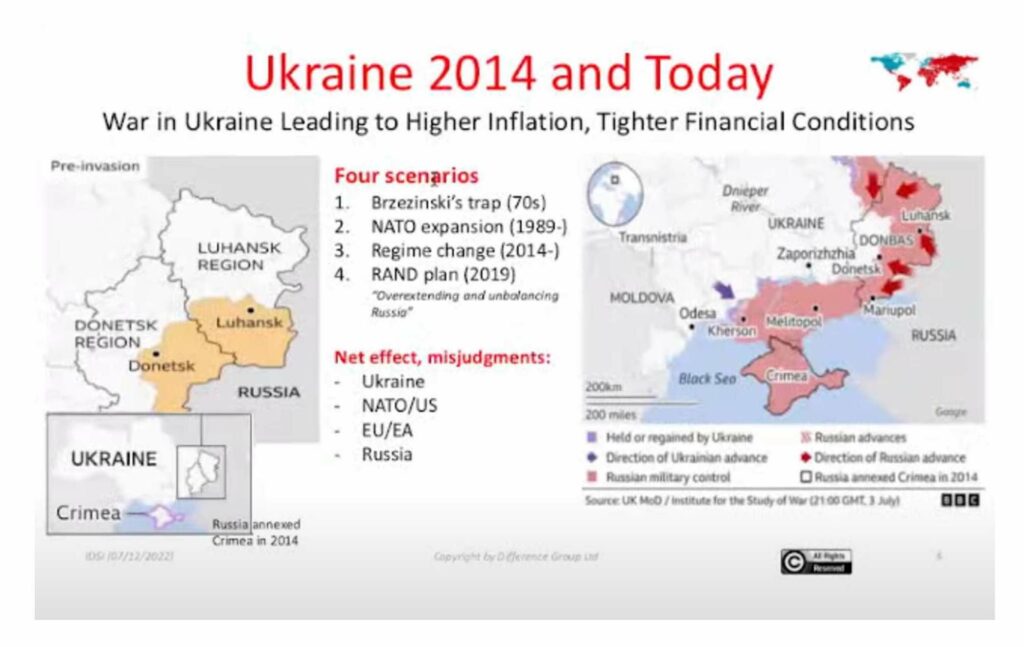
Above all, the country should draw lessons from the experience of Ukraine in the prevailing tug of war between the US and Russia without discounting NATO’s role but considering that NATO, more often than not, follows the lead of the US.
In this scenario, Ukraine is a pawn in the geopolitical maneuvers of the US because of its strategic geographical location in the same manner that the Philippines might end up a pawn or a proxy of the US and its Western allies because of its strategic geopolitical location as the US tries to maintain and reassert its declining hegemonic status in the Indo/Asia Pacific region and to counter and contain the rise of China in Asia while containing Russia in the Eastern part of Europe. Such a scenario will be most precarious for the Philippines.
Hence, the leaders of the country must be prudent in how they will position the Philippines amidst this ever-volatile, challenging, and changing world order and geopolitical realities.
Indeed, it is in the best interest of the Philippines to pursue genuine independent foreign policy by taking a non-aligned stance and by transitioning its military relations with other countries from military alliances to military cooperation with countries in ASEAN and the wider Asia Pacific even with China, while championing the country’s national interests and ASEAN Centrality. Most importantly, the Philippines should rather focus and concentrate on its own economic and social development and must avoid anything that will disrupt its quest toward genuine development and economic success and prosperity.
Source: Asian Century Journal

